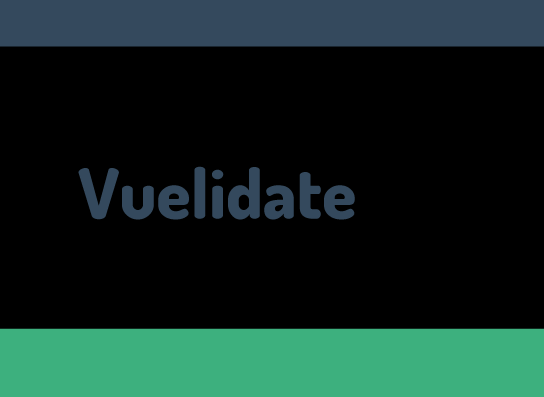Validate Your Vue.js Code Easily with Vuelidate CDN

Vuelidate offers excellent validation plugins that make it pretty easy for internet users to roll their form validations. There is a straightforward method call on the form submit that evaluates input data on every page. Vuelidate CDN makes validation much easier.
It is frustrating when you are using your form validation and the number of inputs in the form surges. Also, the form structure could become more complex. Vuelidate helps to simplify the following processes:
- Multi-step form validation
- Child component validation
- Error messages
The Vuelidate-error-extractor plugin is used to streamline the error message display per input. Also, it is used as an error summary below or above the form.
Other Validator Libraries Aside from Vuelidate CDN
Other validator libraries that are appropriate for Vue.js are vue-validator and vee-validate. They both require the user to write the rules inside the template. This may be all that is required for the user’s application.
There is one problem; if you work on an application that is more data-oriented, you end up validating more than your inputs. You must then incorporate this method with computed values or custom validation approaches.
This may come with increased noise in the templates as well as in your code. Templates may not be the ideal place for declaring application logic. An attempt to validate collections and values from several sources makes this even clearer.
Choose Vue.js as Your nest App to Work with Vuelidate CDN
If you like structure, Vue.js is your best option. It presents excellent structures of your code with everything in its place. A simple Vue.js Form Validation with Vuelidate - Vue.js provides a different method of data validation in the app. It offers you the following:
- Validations are separated from the template
- You can declare rules on your data model instead of inside a template for a variety of inputs
- It is applicable for Vuex, the route object, and computed values
As a result, you can go farther and validate additional validation results just because you can.
Custom Validators
You are allowed to predefine your vuelidate custom validation in a validators.js file and import a validator when you need it. Data that is currently validated is sent to custom validators as a first param. The whole data is sent as a second.
In other words, you have a form data object, and you are validating the email property. The first param is the email, while the second is the whole data object.
You can provide your tailor-made validators quite easily using Moment.js queries such as isBefore/isAfter. That would look like this:
- validations: {
- startDate: {
- // given date is a moment object
- isBefore (date) { return date.isBefore(this.endDate) }
- endDate: {
- isAfter (date) { return date.isAfter(this.startDate) }
- }
- }
- Enjoying lodash and its function composition methods _.pipe and _.compose? We got you covered.
- Look at this example, where we coerce a freehand string to a moment object and then validate it.
- validations: {
- startDate: {
- isBefore (date) {
- return _.pipe(
- moment, // coerce to a moment object
- momentDate => momentDate.isBefore(this.endDate) // validate it!
- )(date)
Additionally, you will be in a position to manage more complex situations such as:
- Comparing date ranges using moment range
- Creating dynamic validators
Using Vuelidate
The Vuelidate bundle is not as large as other plugins. This is because there aren’t any validators included in the core itself. The validators you can use vary since you can only use the ones you need. However, you can have as many as you like. Therefore, the list of validators can grow.
Basic validation with Vuelidate
With the Vuelidate CDN, validation rules are not appended directly to input elements in the DOM. The structure looks like the build of the form object. However, the number of validation rules can be changeable. They vary depending on the fields that are needed for validation.
Creating Custom Error Display Components
Vuelidate-error-extractor checks the validations for every form of data to verify the validity of each rule. Those found to be invalid are removed and a validation error attached to them. This appears in the form of a bundled singleErrorExtractorMixin that comes with a set of helper methods. Also included are computed properties that help the developer to create their own input error display.
This versatility allows you to adapt it to any Vue UI framework of your choice.
Conclusion
It can be frustrating to handle and validate forms, especially big ones that must be split up. Vuelidate helps to make the process that much easier. Including a Vuelidate-error-extractor is even better as it displays error texts under every input.
This can make the difference between a laborious monotonous task and simply getting an element that does it all.